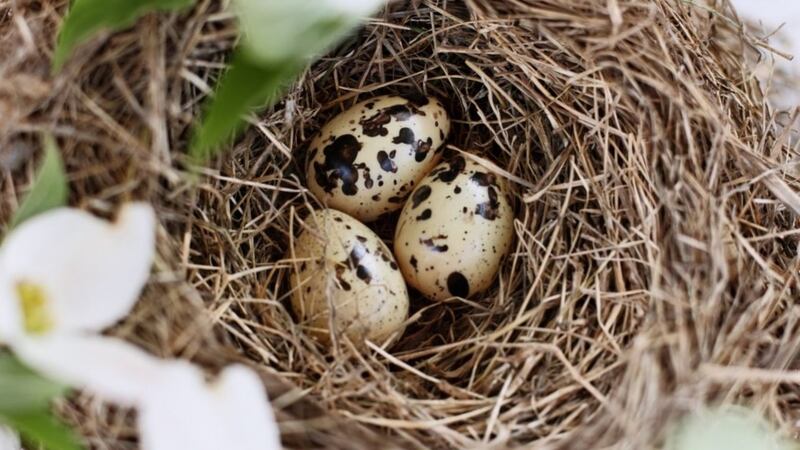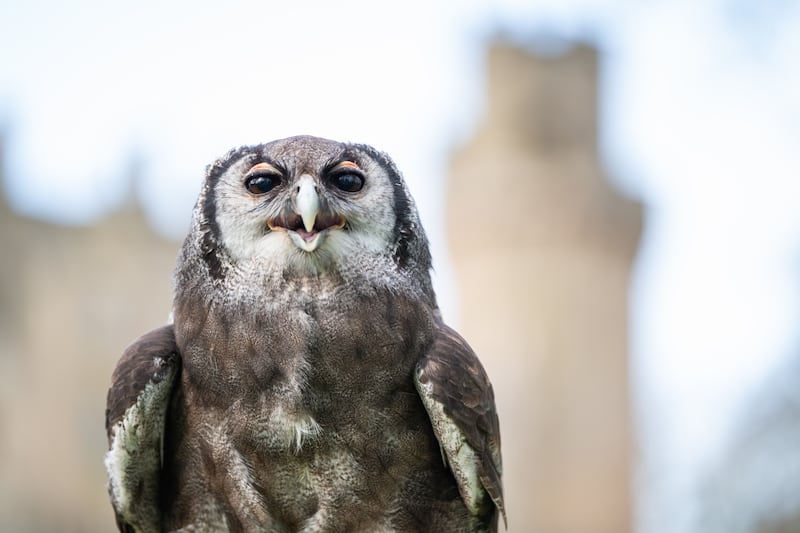Ever wondered why some eggs are more rounded while others are more elliptical?
Well, it appears scientists may finally have an answer to why eggs come in different shapes and, apparently, it is all down to the bird’s flying ability.
According to researchers, the best fliers are the ones that lay more “pointy” or elliptical shaped eggs.
The scientists believe egg shape and powered flight may have evolved together because of the need to keep an airborne body sleek and streamlined, thereby reducing the size of the abdominal cavity.
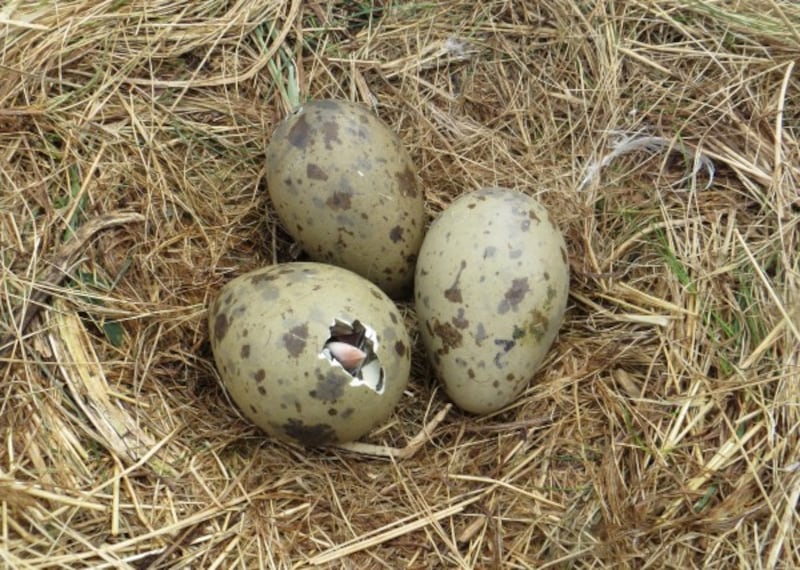
Basically, nature designed eggs that maximised internal volume without increasing their width.
Dr Joseph Tobias, a member of the team from Imperial College London, said: “Variation across species in the size and shape of their eggs is not simply random but is instead related to differences in ecology, particularly the extent to which each species is designed for strong and streamlined flight.”
To crack the egg mystery, the scientists studied the shape of 49,175 eggs from 1,400 species, two of which were extinct.
From museum specimens, they also calculated a standard flight efficiency measurement called hand-wing index (HWI) for each species.
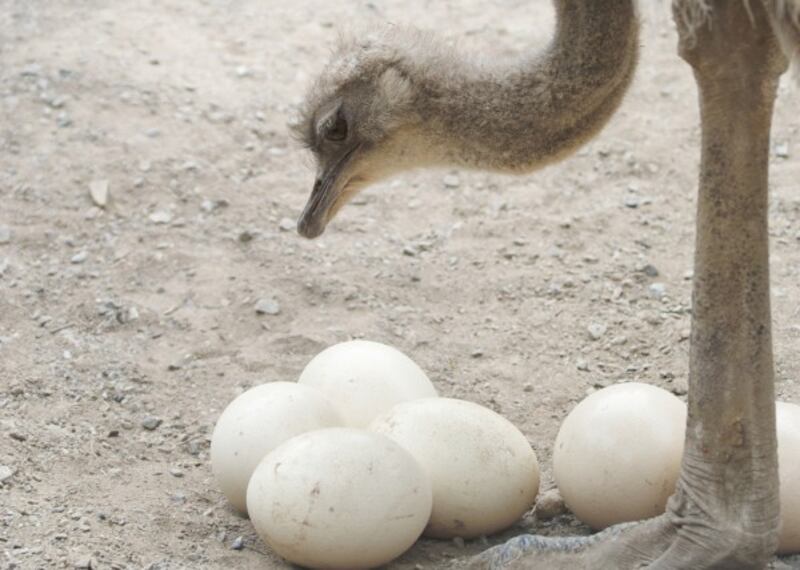
The researchers found that egg shape was not related to clutch size, environmental factors or nesting characteristics. But, surprisingly, there was a correlation with HWI.
Irrespective of flying ability, larger eggs in relation to bird size were also less symmetrical.
The “pointiest” egg was laid by the least sandpiper, a small shore bird that flies non-stop for thousands of miles on migrations from Canada and Alaska to wintering grounds in South America.
Lead researcher Dr Mary Stoddard, from Princeton University, US, said: “In contrast to classic hypotheses, we discovered that flight may influence egg shape.
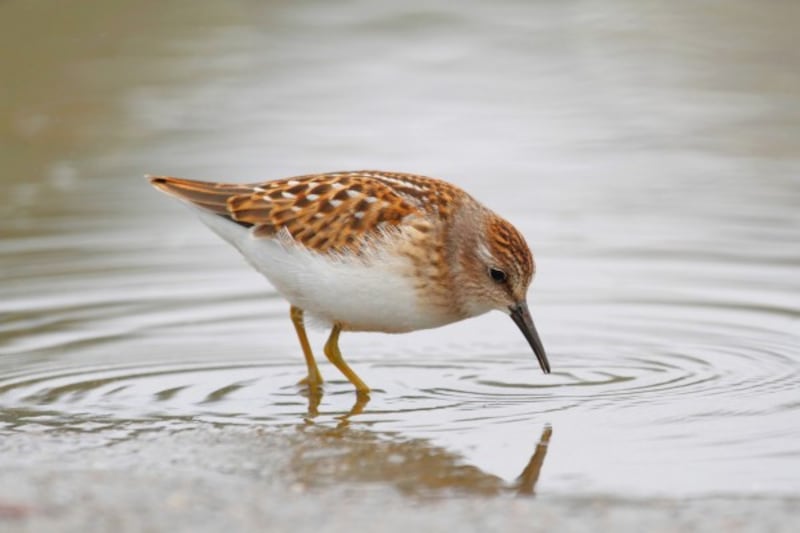
“Birds that are good fliers tend to lay asymmetric or elliptical eggs. In addition, we propose that the stretchy egg membrane, not the hard shell, is responsible for generating the diversity of egg shapes we see in nature.”
The study also confirmed that among vertebrates “pointy” eggs were unique to birds and some of their dinosaur ancestors.
Dr Stoddard added: “The idea that powered flight and pointy eggs evolved around the same time is particularly intriguing. Moving forward, we are excited to explore how eggs changed shape during the dinosaur-to-bird transition.
The study is reported in the journal Science.
